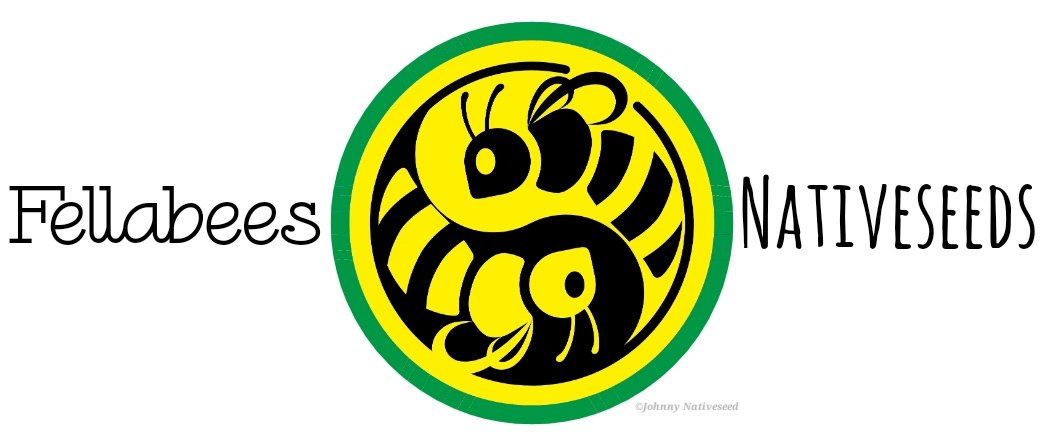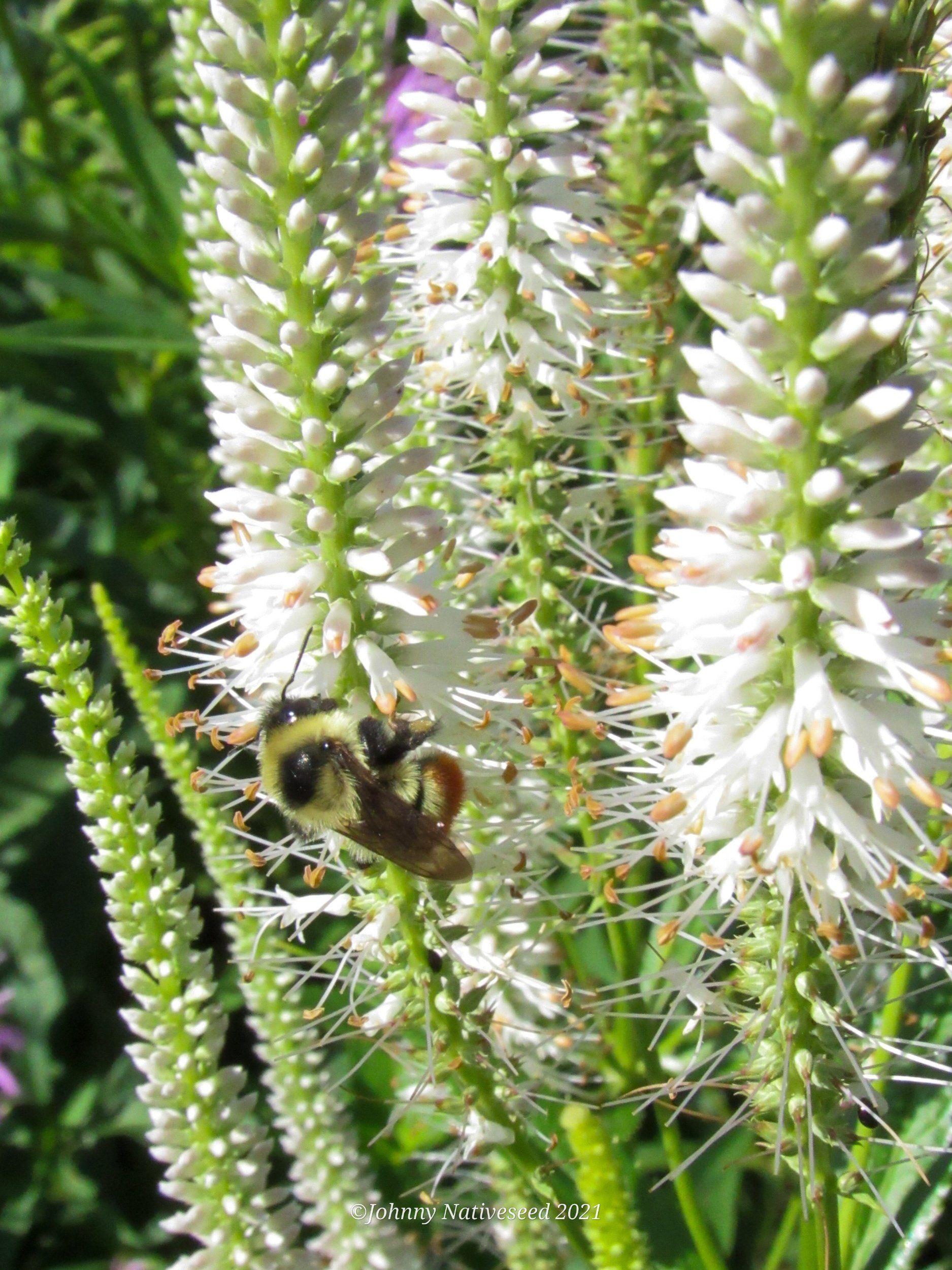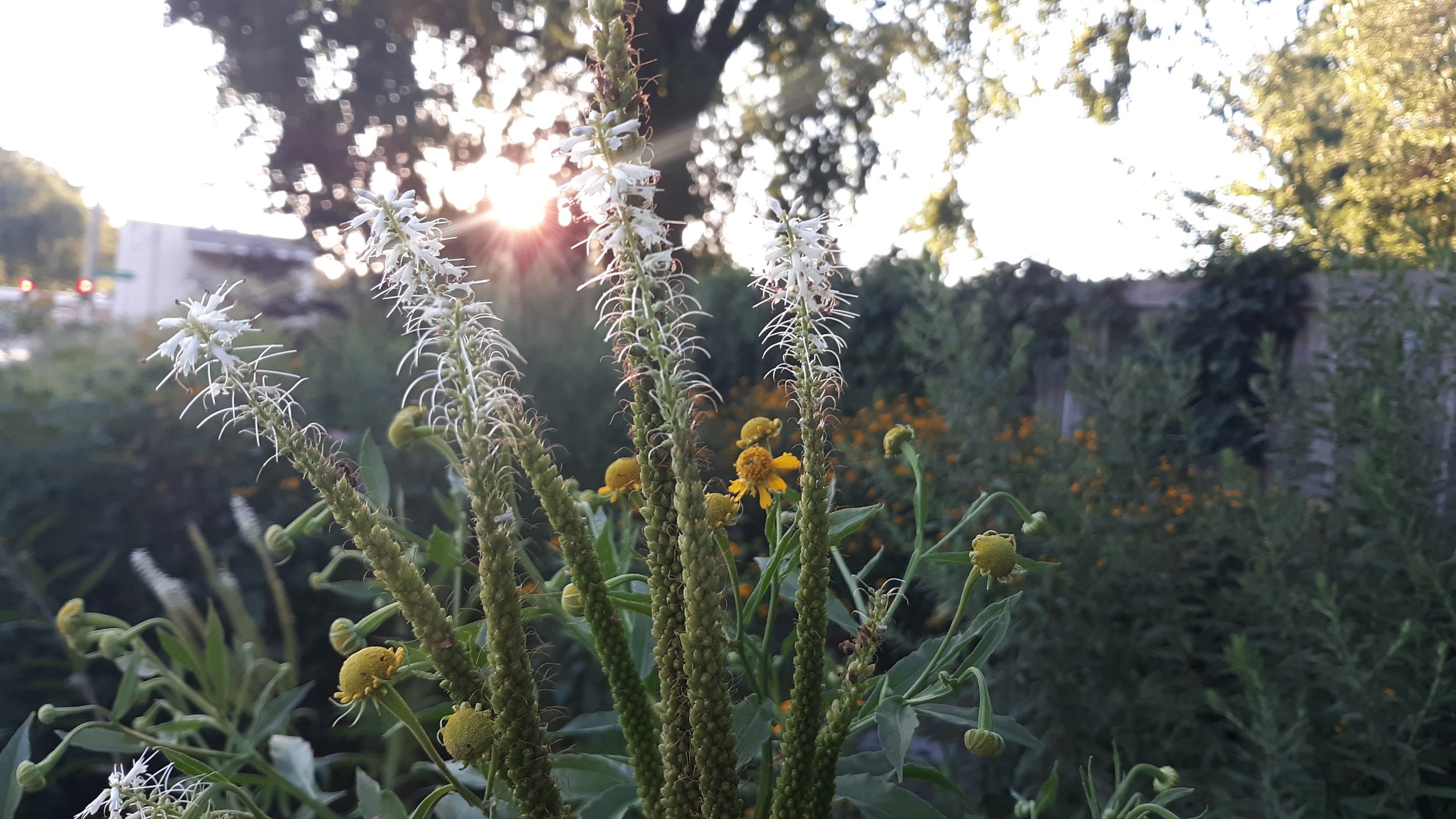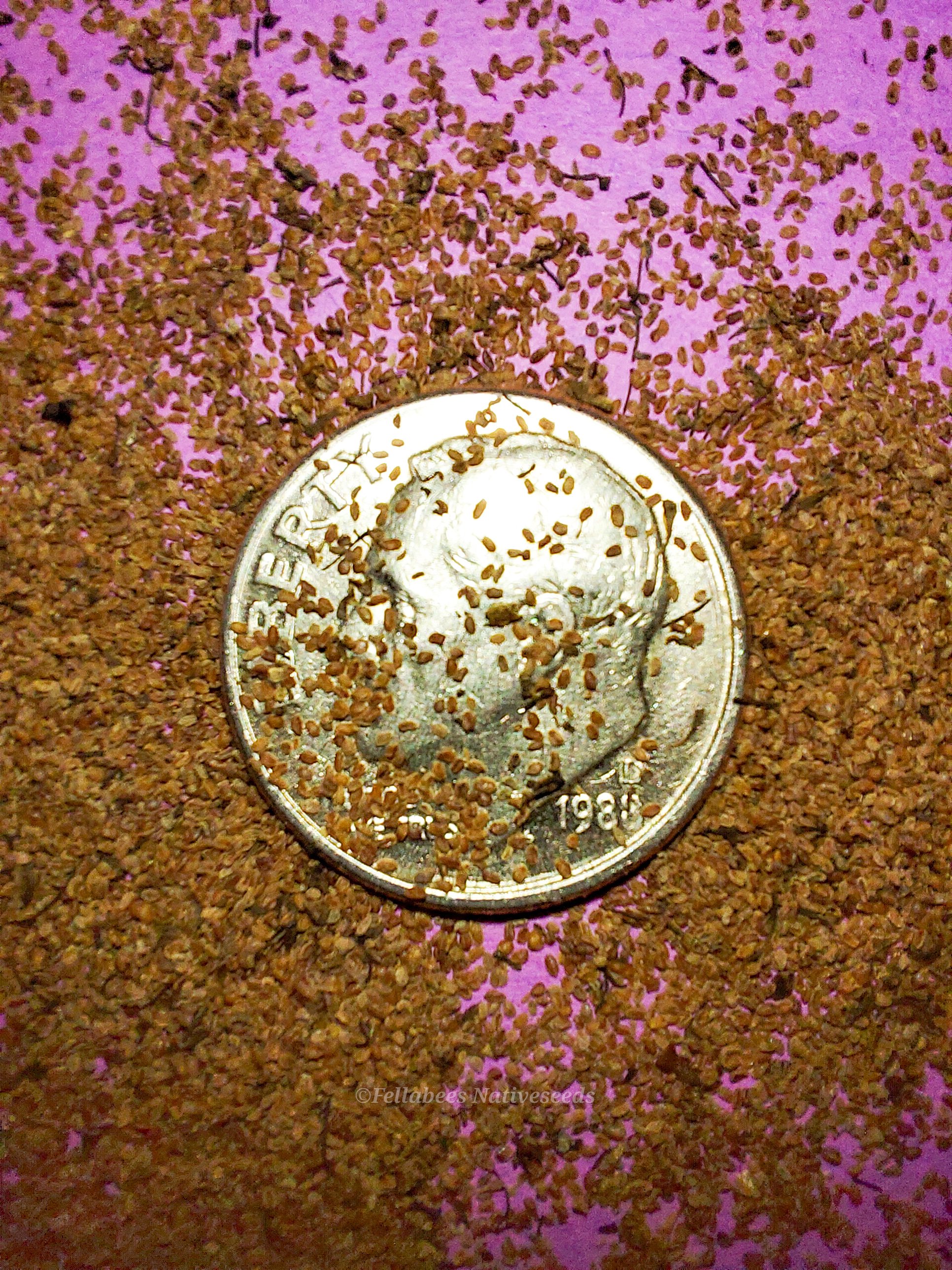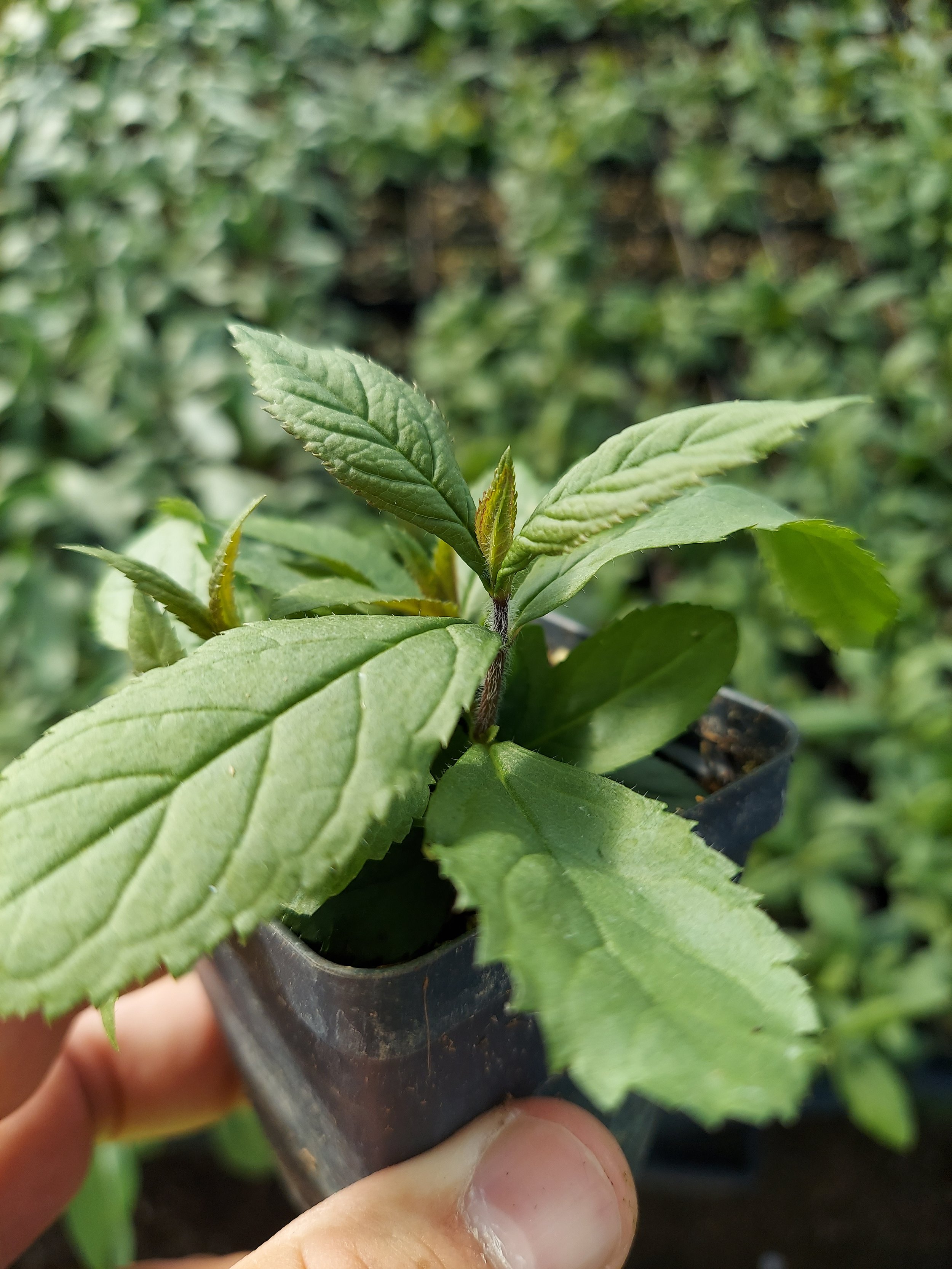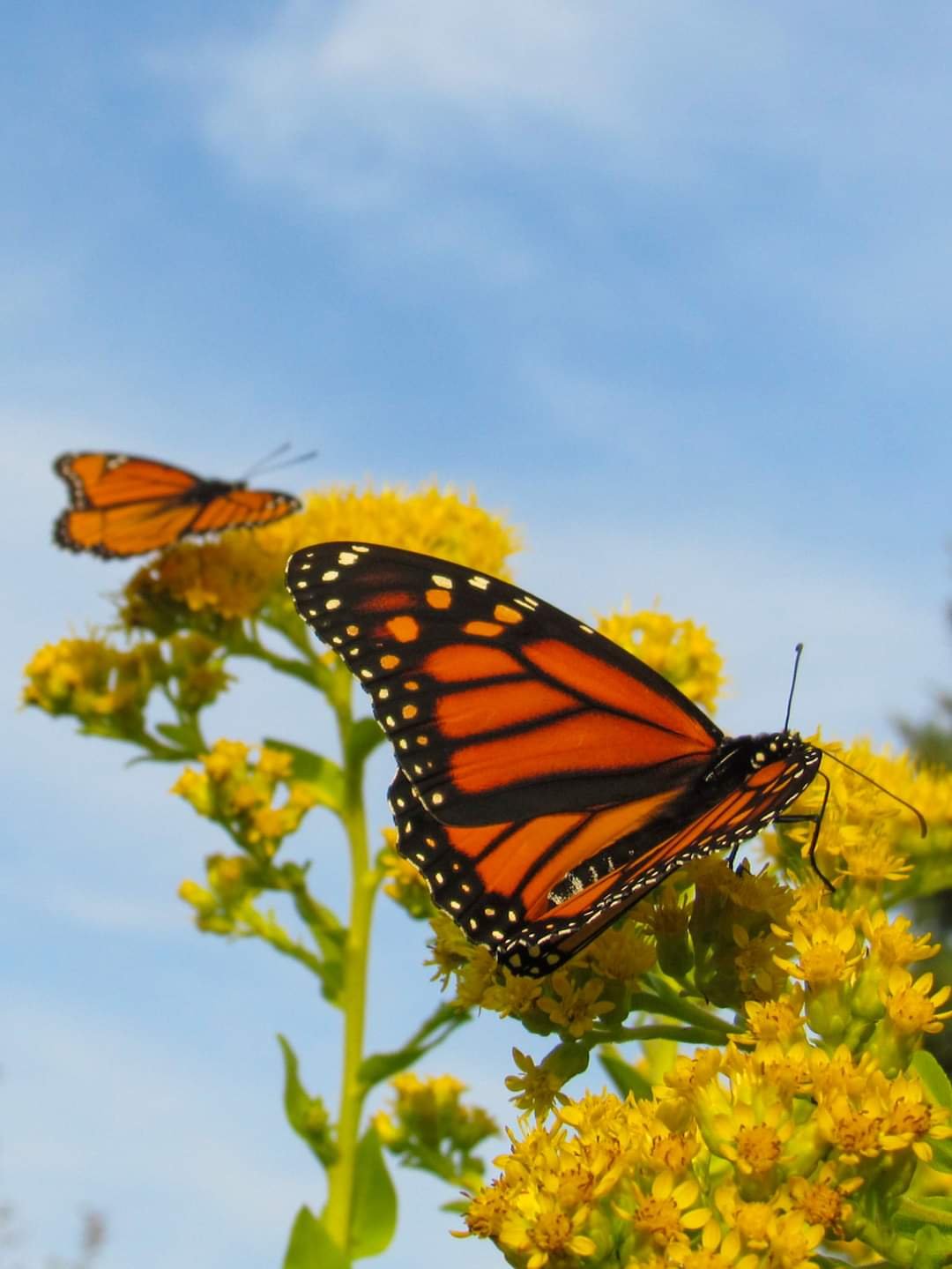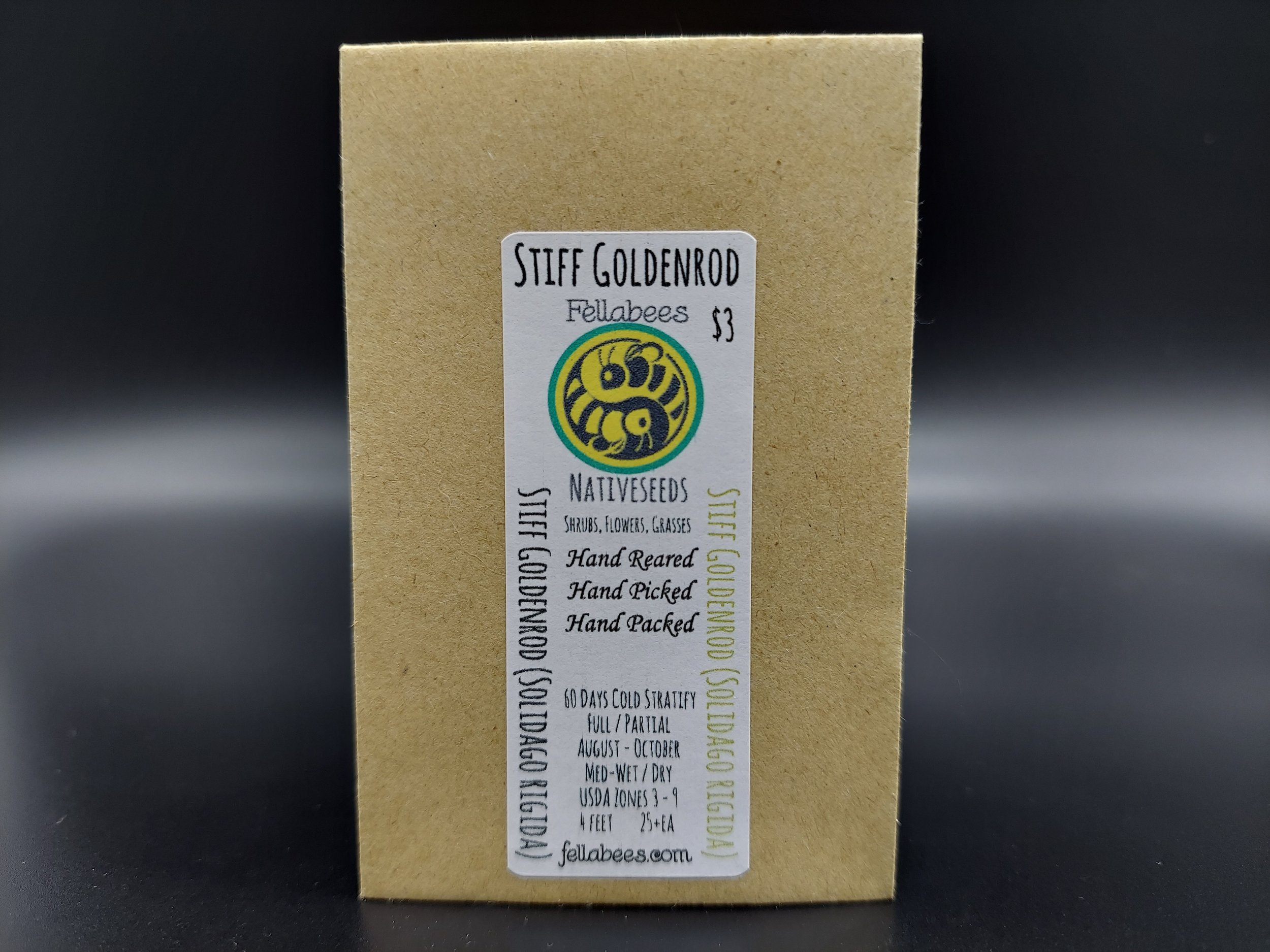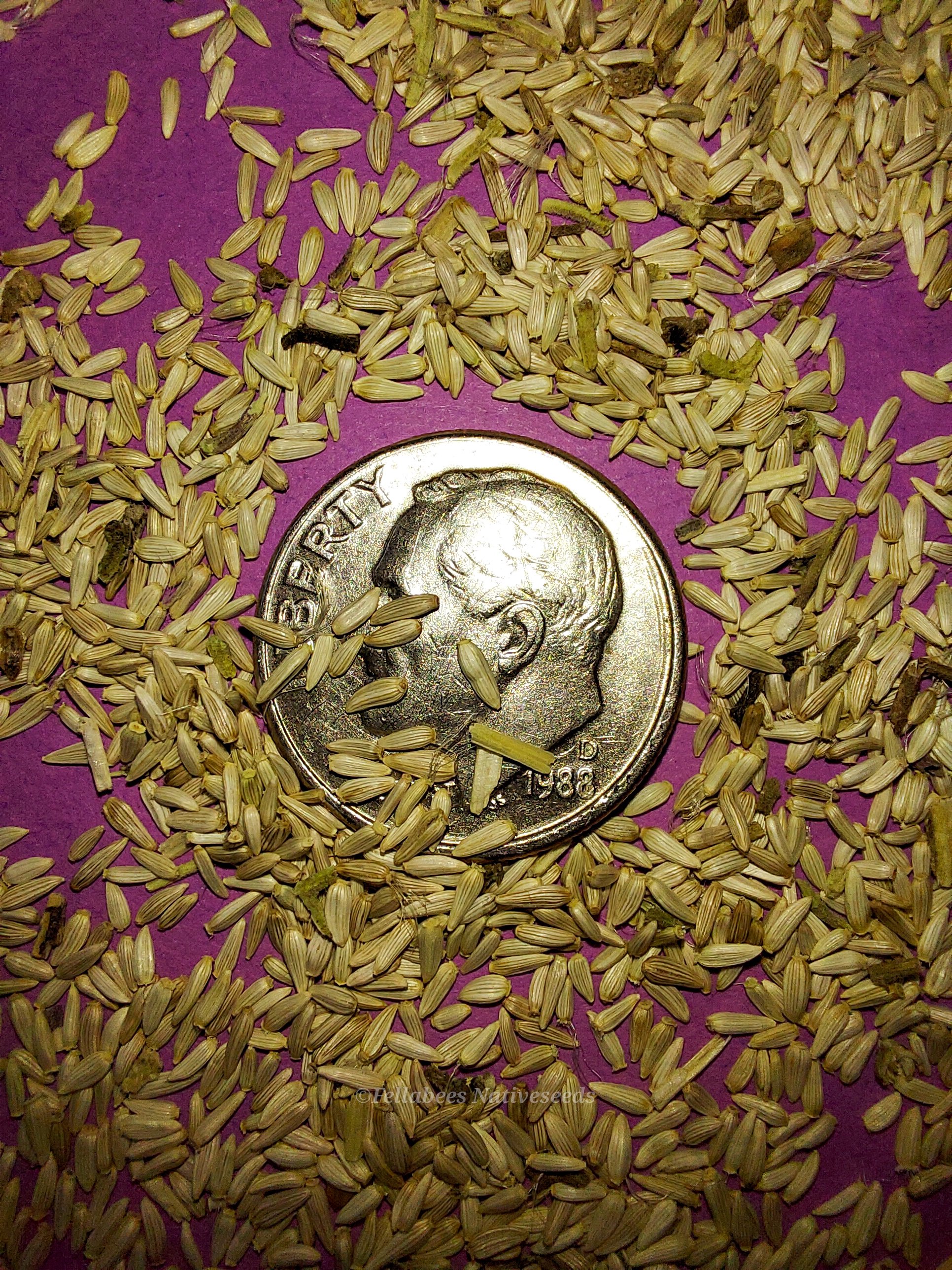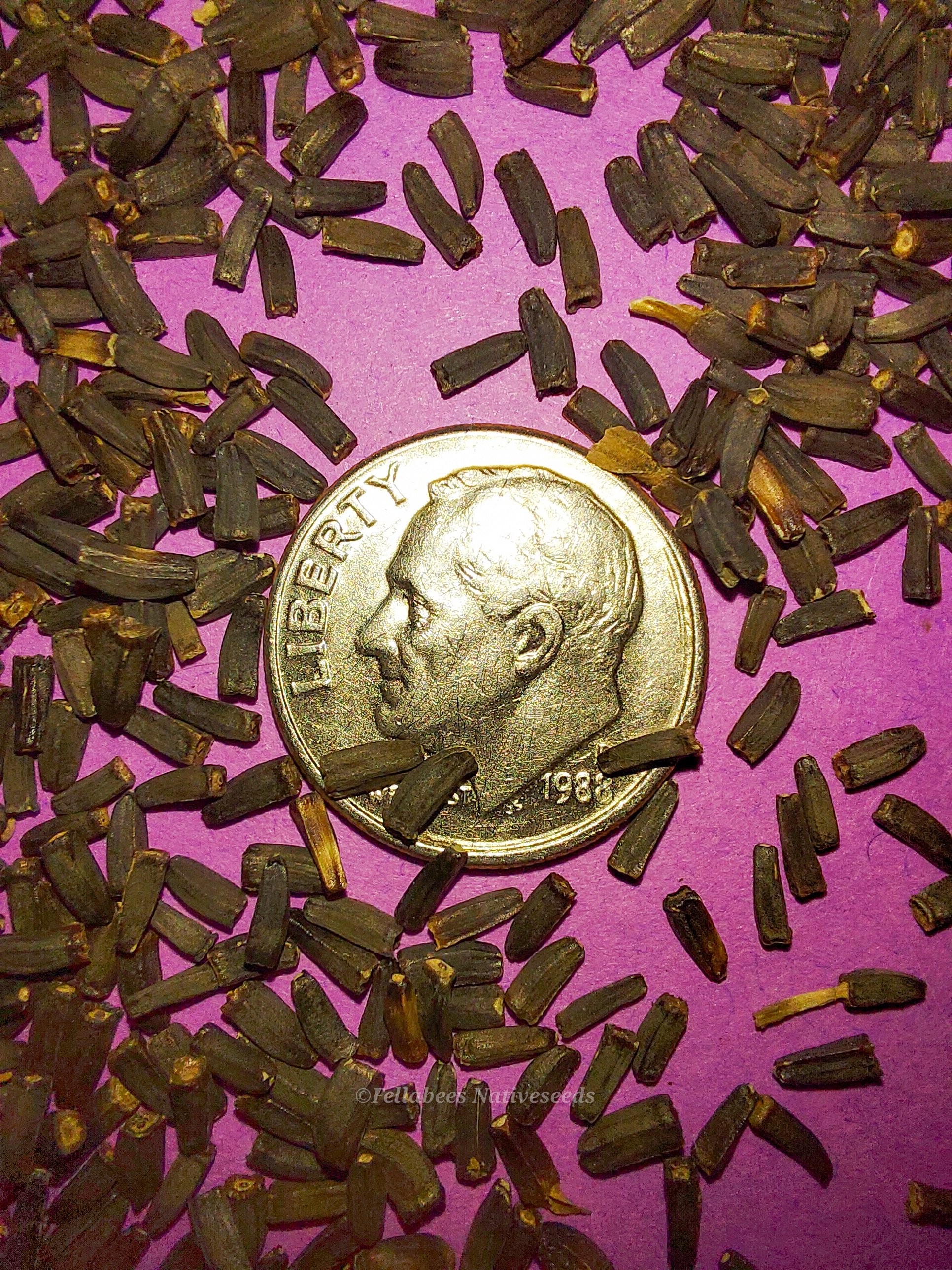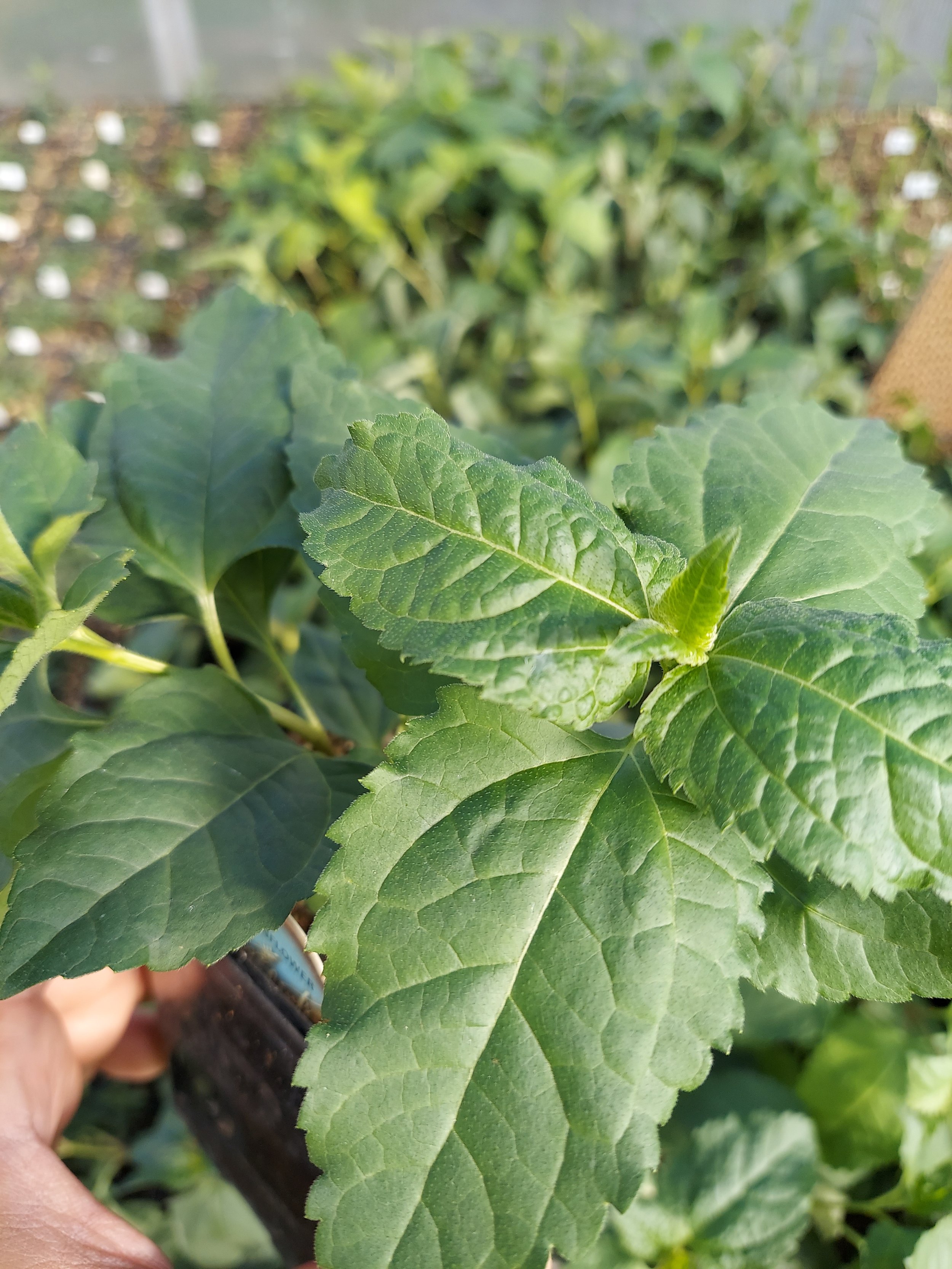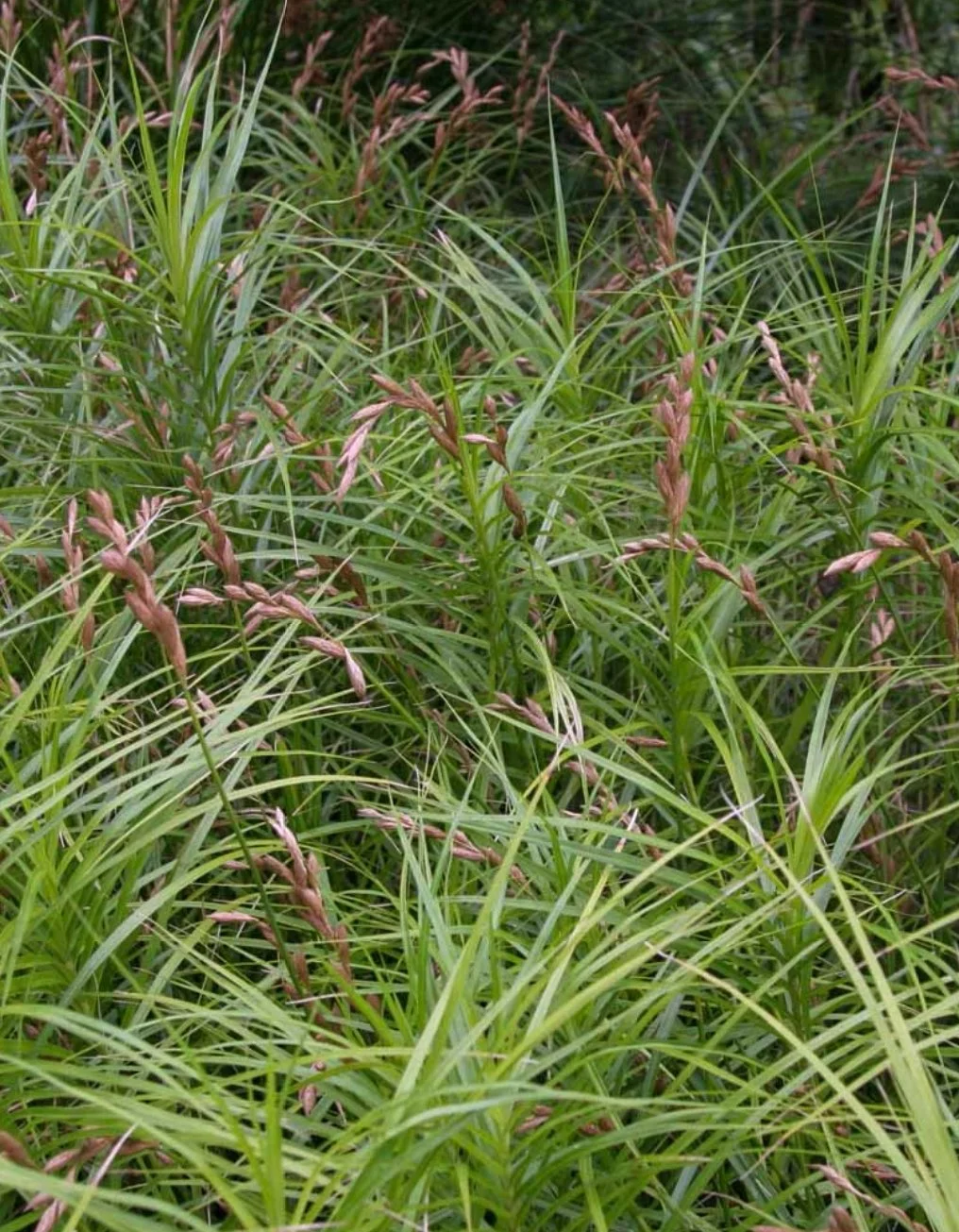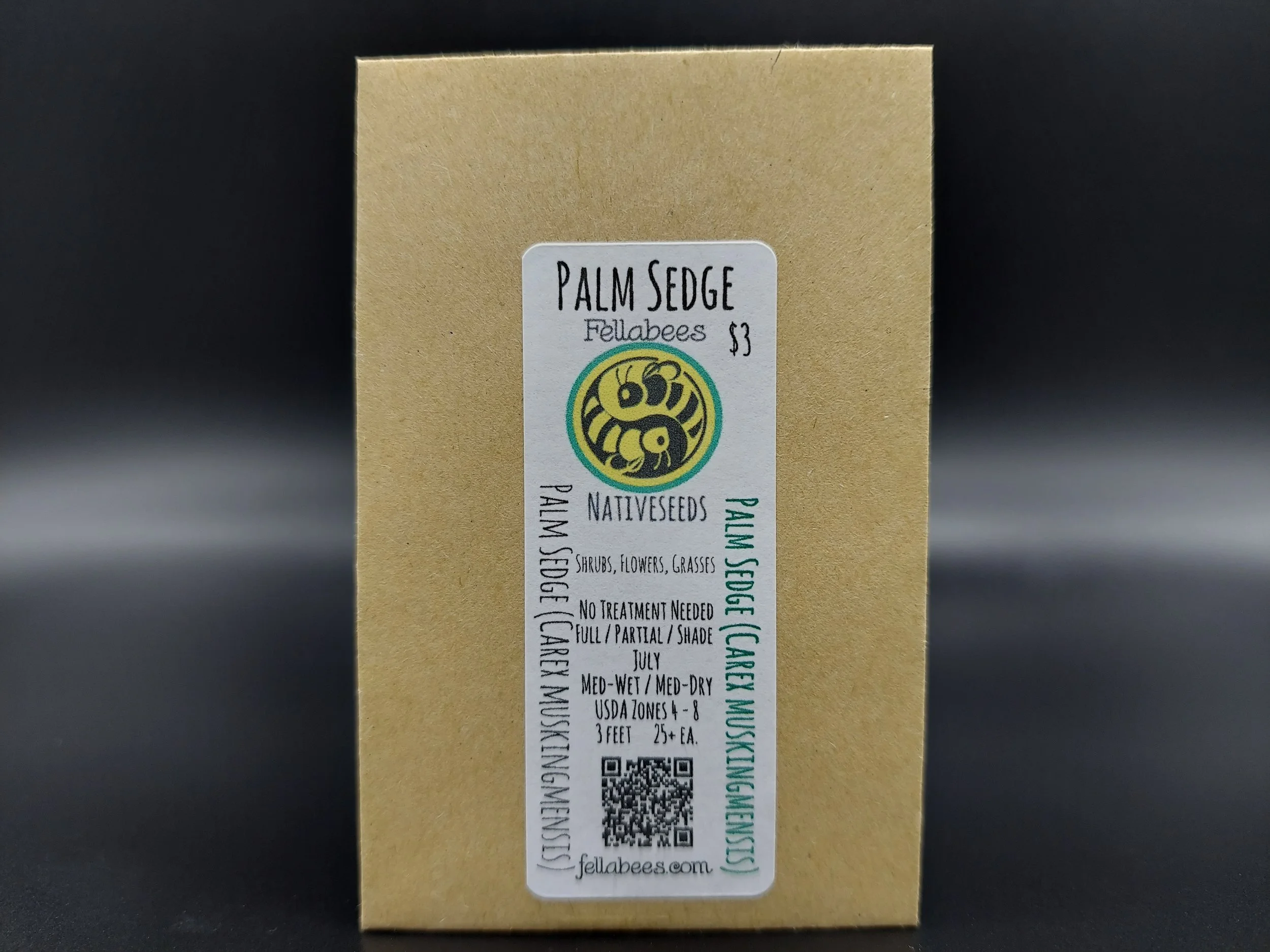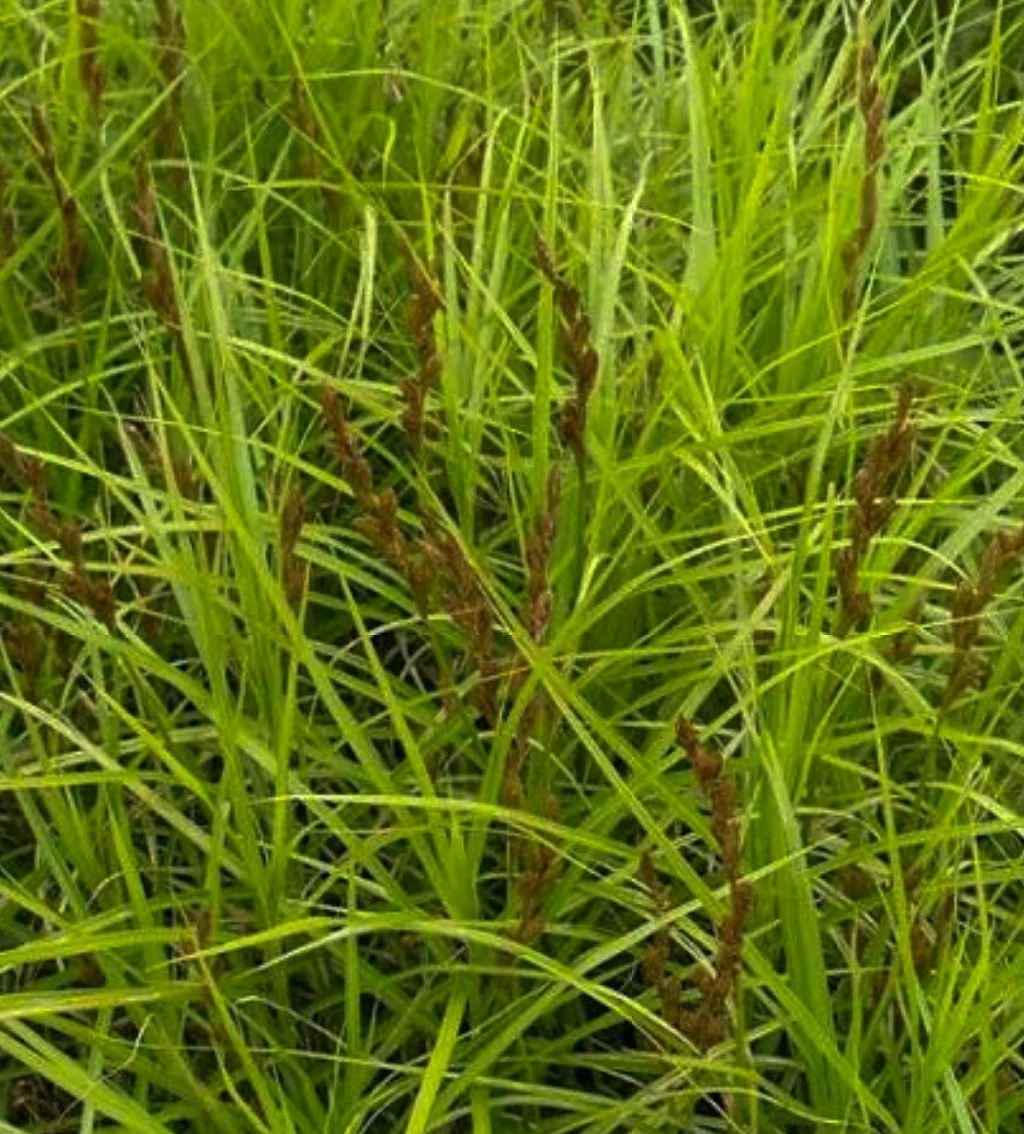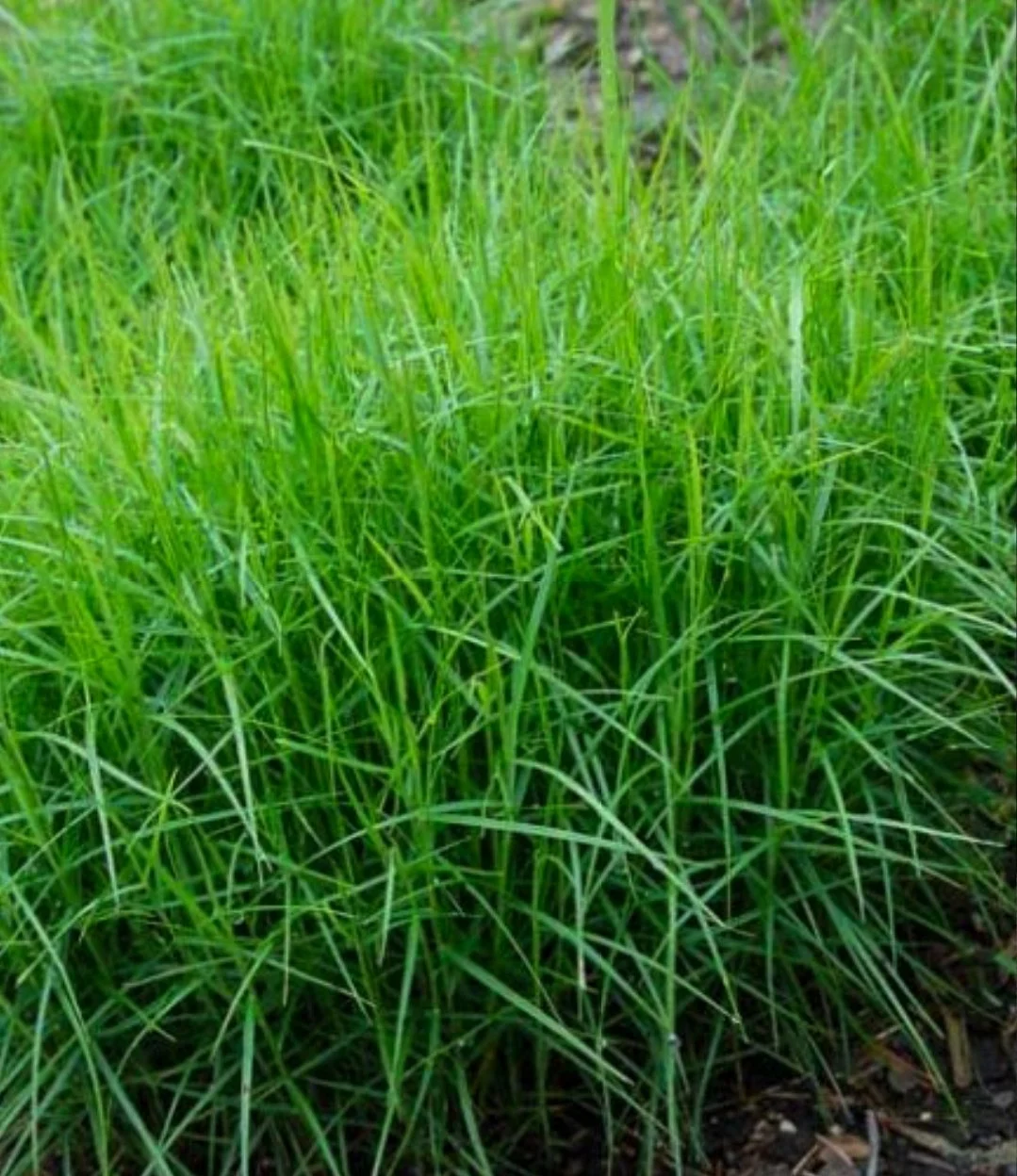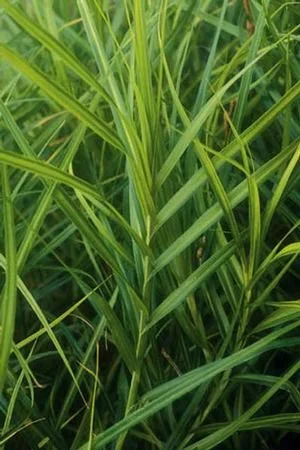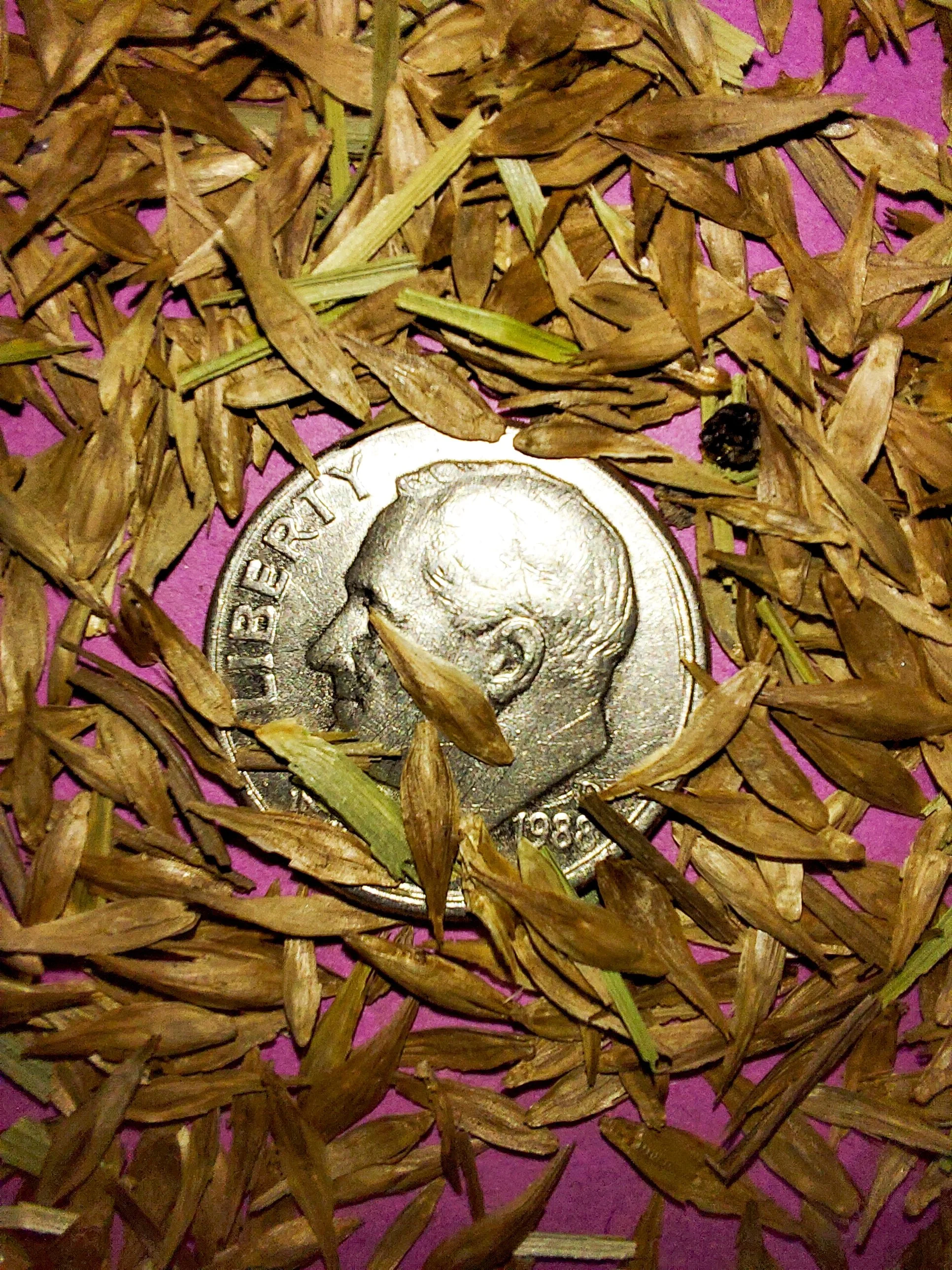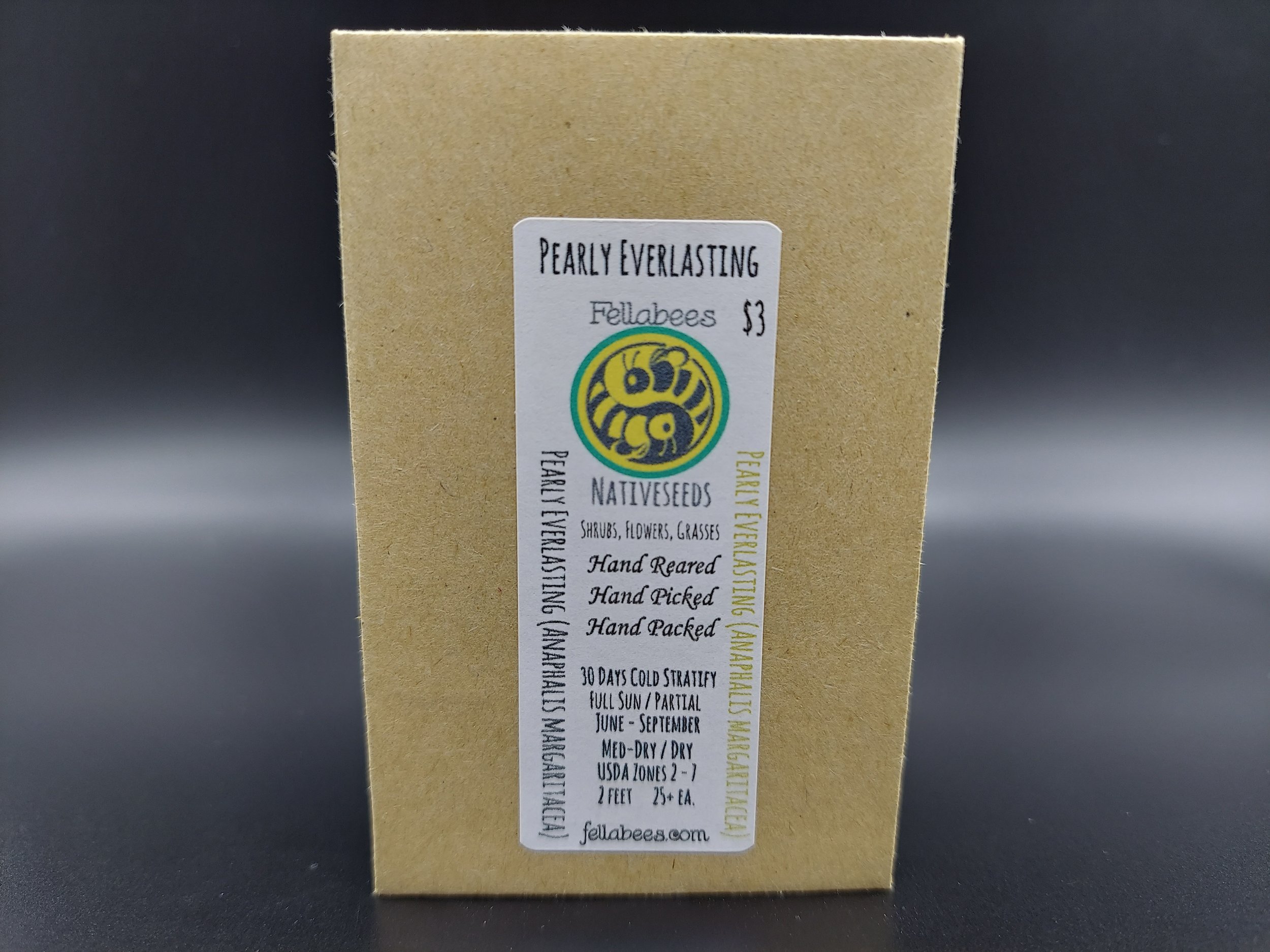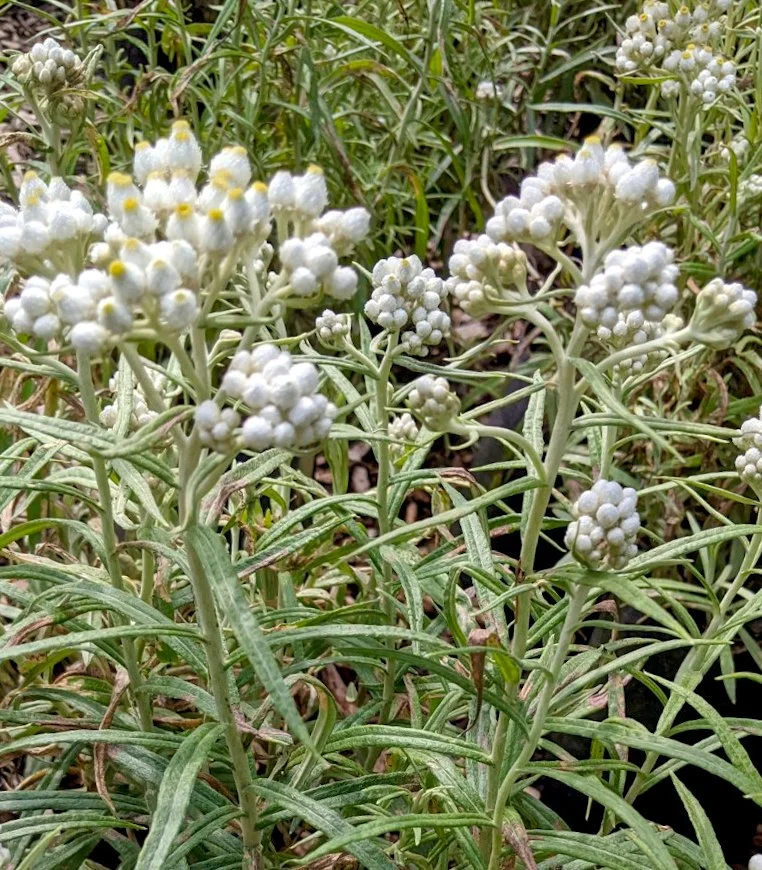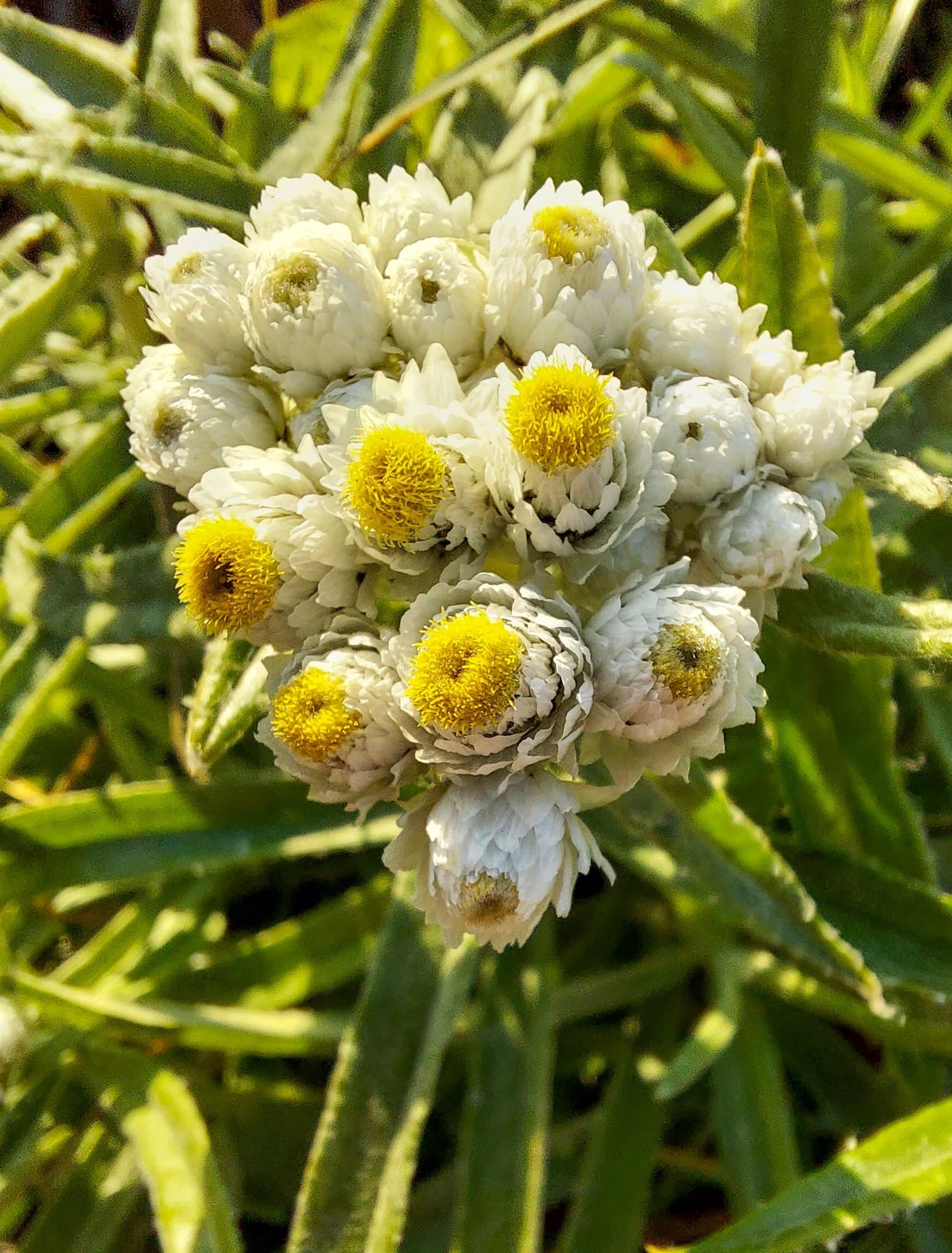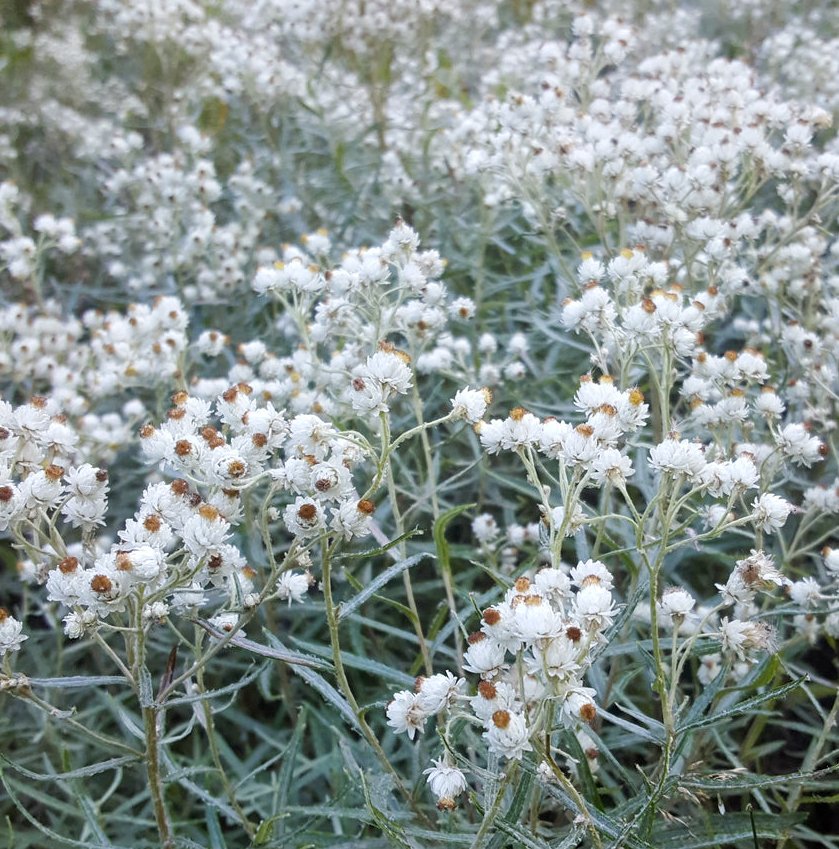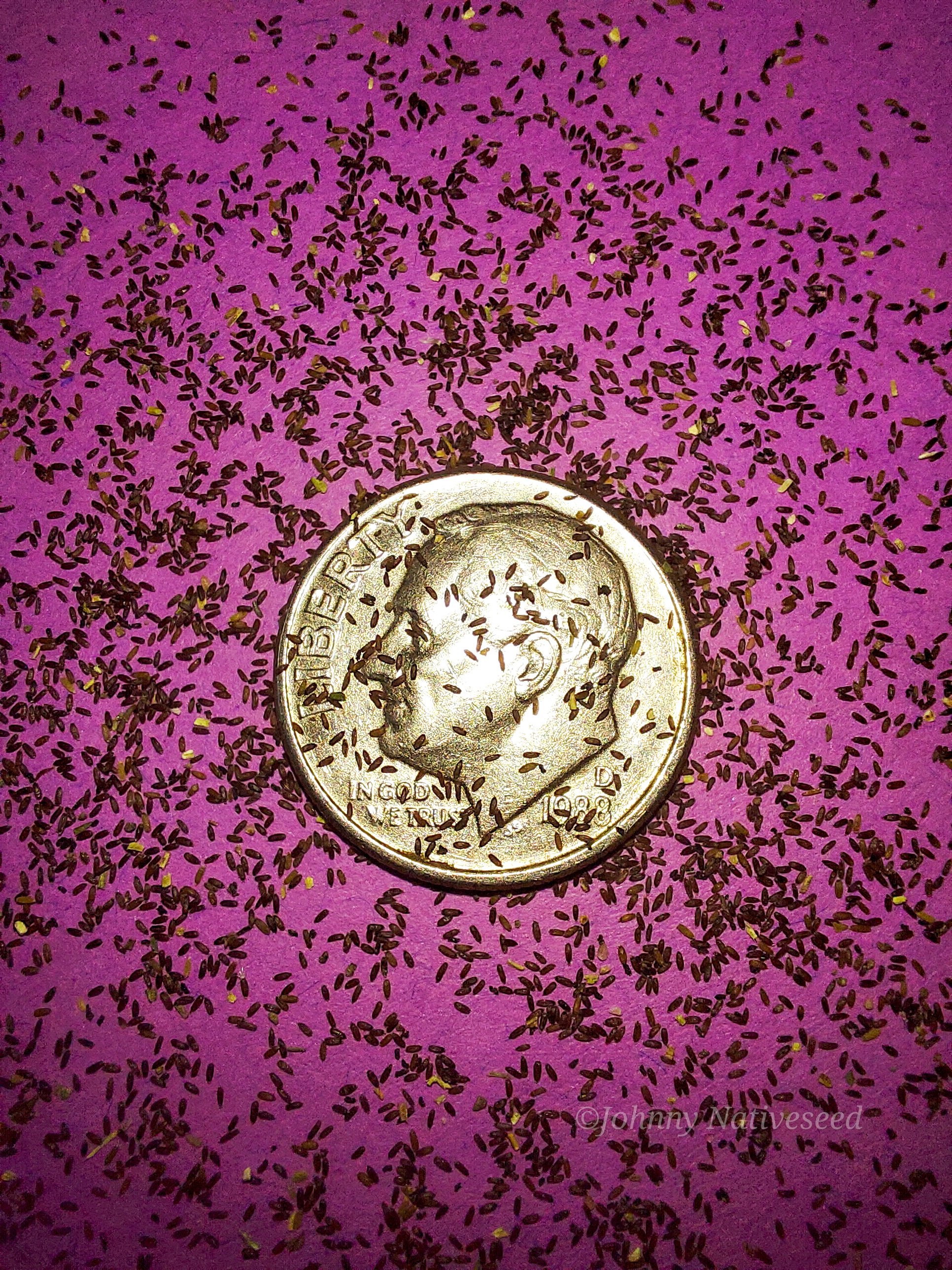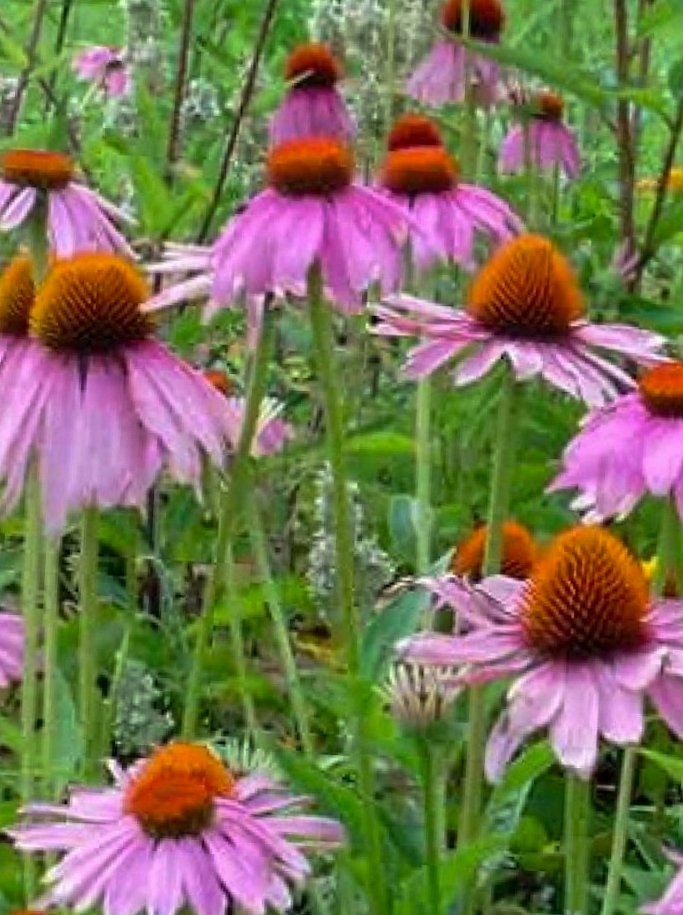 Image 1 of 9
Image 1 of 9

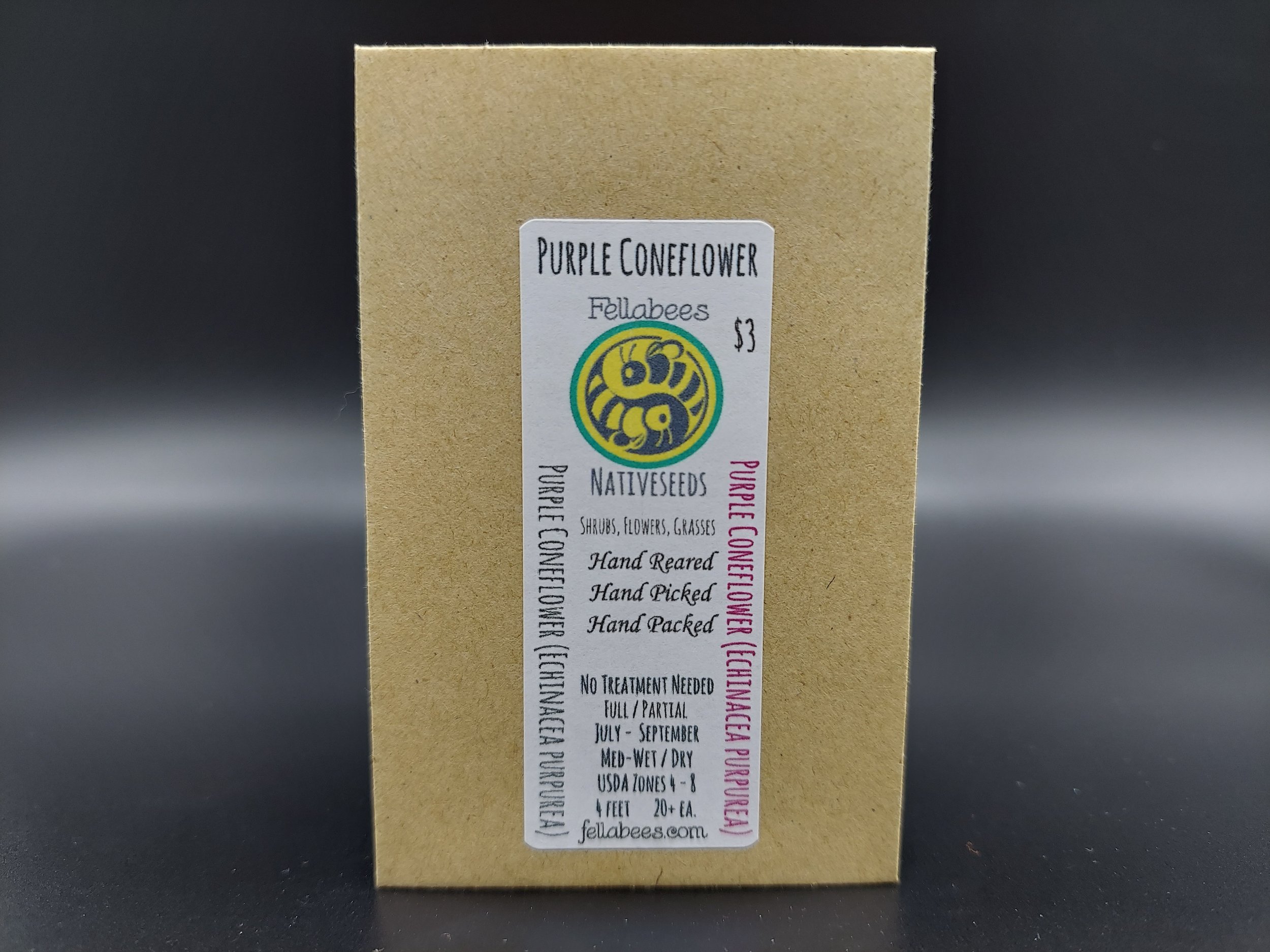 Image 2 of 9
Image 2 of 9

 Image 3 of 9
Image 3 of 9

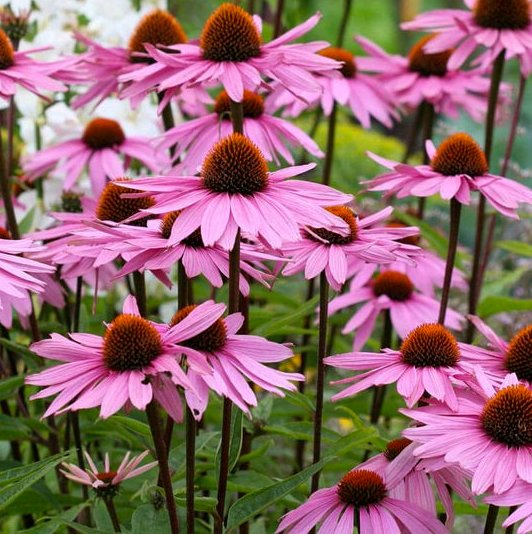 Image 4 of 9
Image 4 of 9

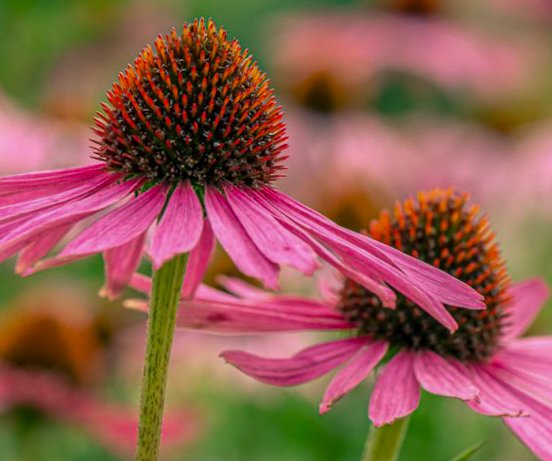 Image 5 of 9
Image 5 of 9

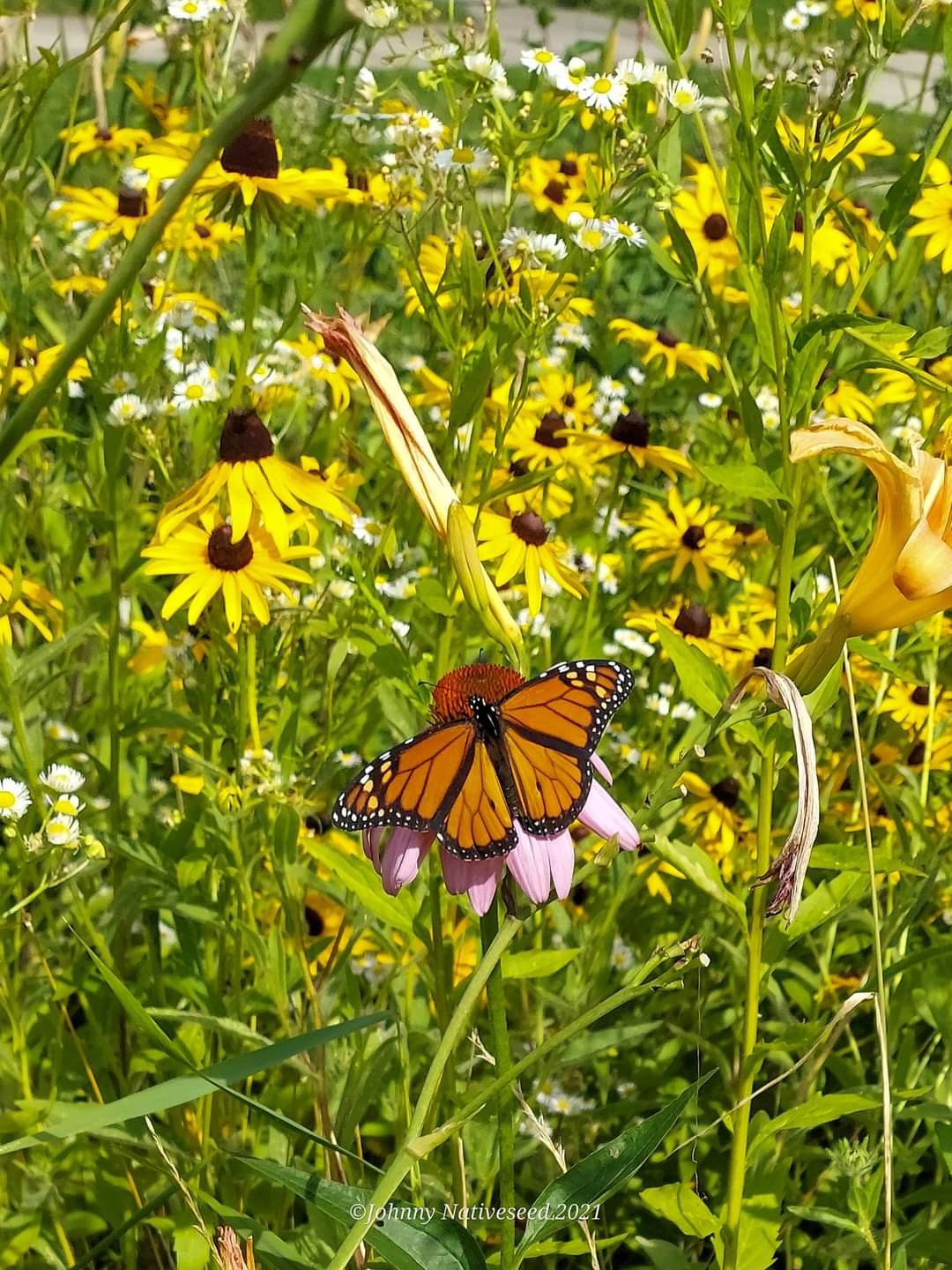 Image 6 of 9
Image 6 of 9

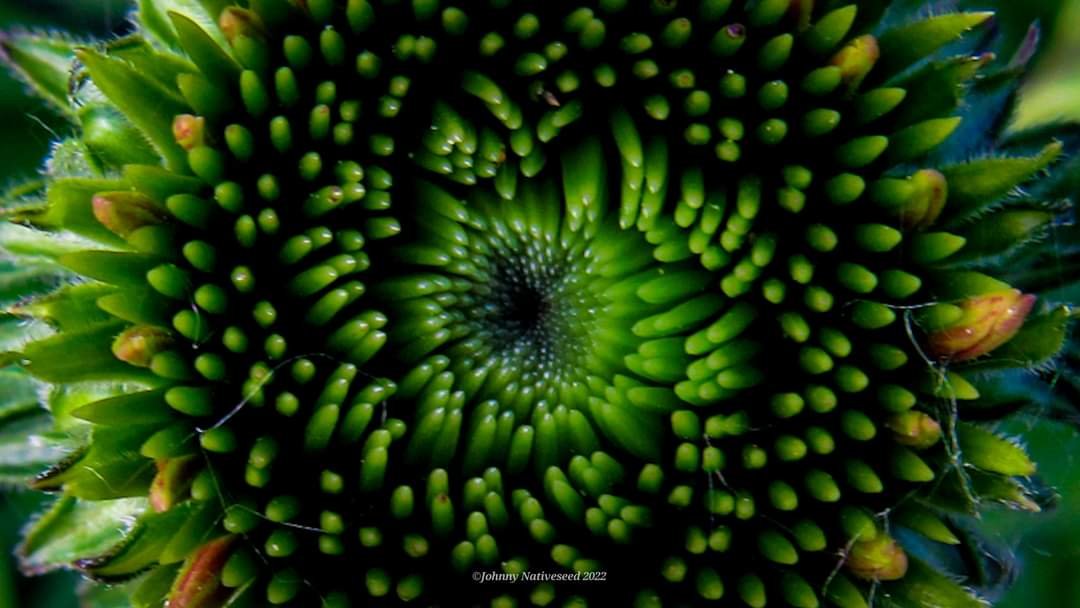 Image 7 of 9
Image 7 of 9

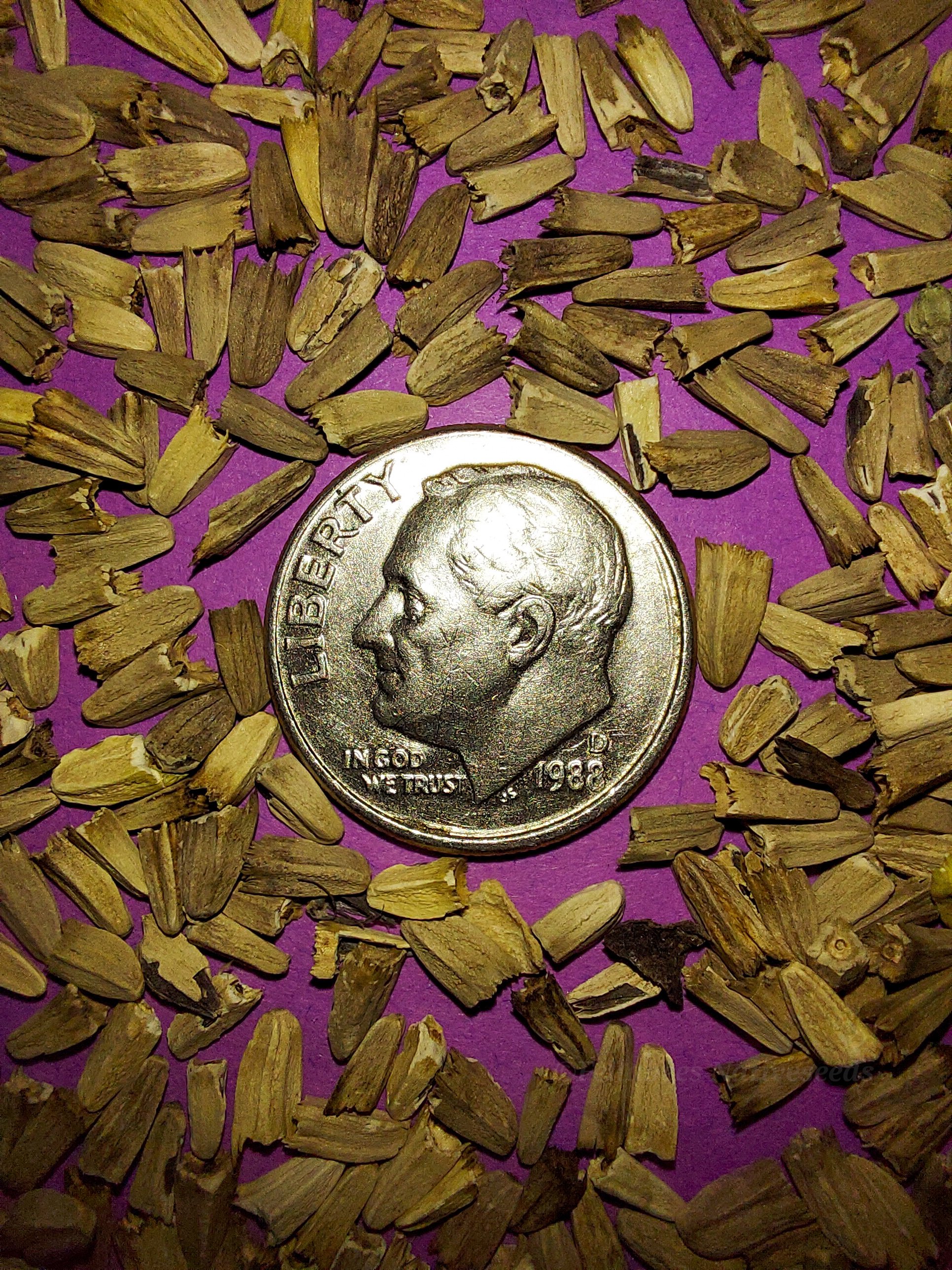 Image 8 of 9
Image 8 of 9

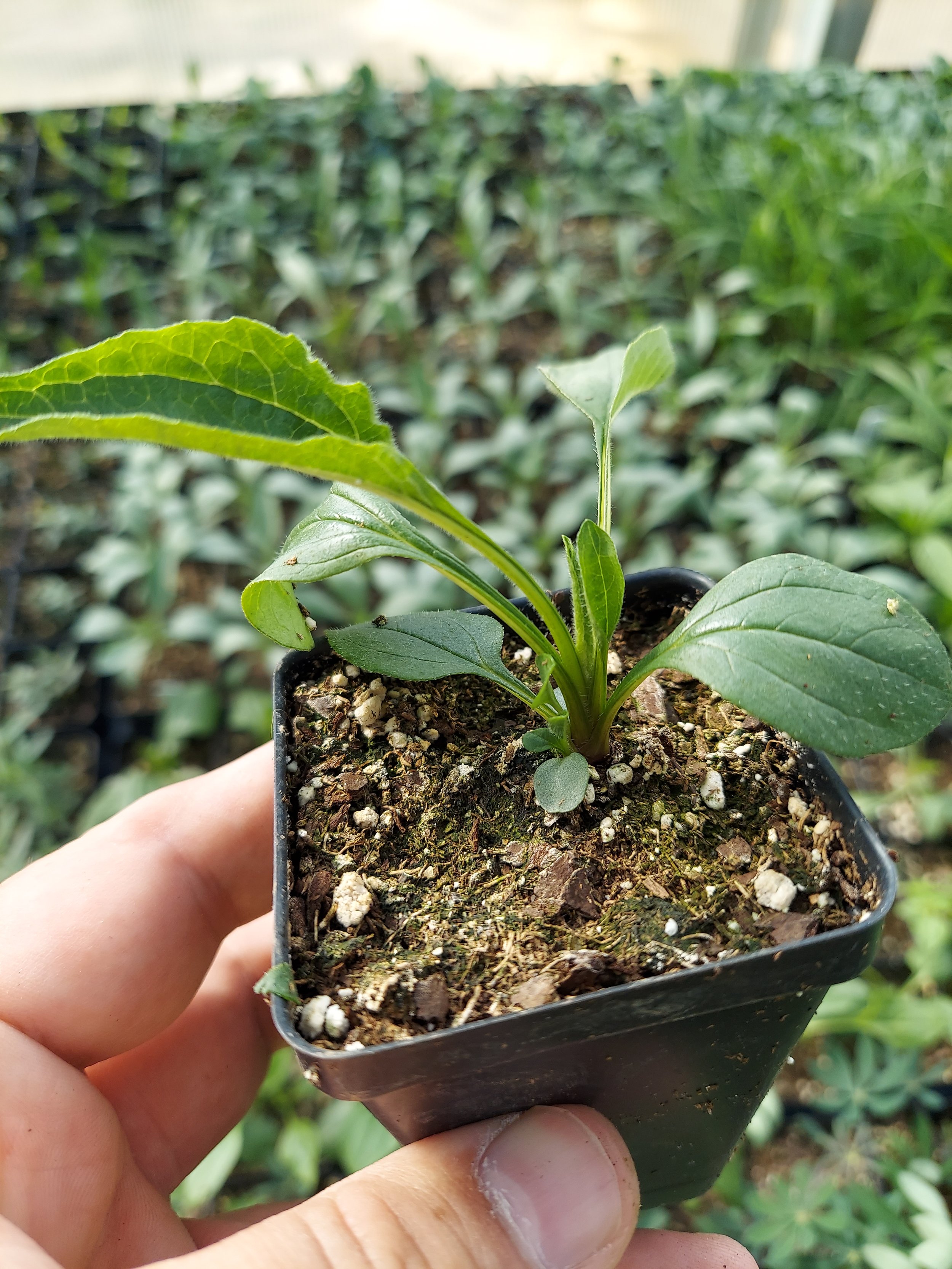 Image 9 of 9
Image 9 of 9










Purple Coneflower (Echinacea purpurea)
Purple Coneflower (Echinacea purpurea)
Echinacea purpurea is the scientific name for the native plant more commonly known as Purple Coneflower, Eastern Purple Coneflower, Hedgehog Coneflower, or just simply, Echinacea.
Purple Coneflower is a North American species of flowering plant in the Asteraceae family. It is native to parts of North America, and is present, or introduced in the wild in much of the eastern, southeastern and midwestern United States as well as in the Canadian Province of Ontario.
It is most commonly found in the Ozarks and in the Mississippi/Ohio Valley. Its habitats include dry open woods, prairies and barrens.
Purple Coneflower can be propagated either vegetatively or from seeds. Useful vegetative techniques include division, root cuttings, and basal cuttings. Clumps can be divided, or broken into smaller bunches, which is normally done in the spring or autumn. Cuttings made from roots that are roughly "pencil-sized" will develop into plants when started in late autumn or early winter. Cuttings of basal shoots in the spring may be rooted when treated with rooting hormone.
Seeds may be started indoors in advance of the growing season or outdoors after the growing season has started.
Many pollinators are attracted to Purple Coneflower, including the Ottoe Skipper Butterfly which is hosyed by this species. Many bees are attracted to the flowers include Bumblebees, Sweat Bees, Mining Bees, Leafcutter Bees, and specificly the Mining Bee (Andrena helianthiformis) who will even nest in the soil near mature stands of Echinacea. Butterflies that visit include Monarchs, Swallowtail Butterflies, and Sulphur Butterflies. Birds, particularly finches, will eat the seeds and help to disperse them through their droppings.
Echinacea purpurea contains many chemical compounds such as alkamides, caffeic acid derivatives, polysaccharides, and glycoproteins. Nicotiflorin is the most dominant flavonoid, followed by the flavonoid rutin.
This plant is well known for its medicinal properties, used liberally in the modern pharmaceutical industry, it is still used by Native peoples to treat rattlesnake bites, sore throats, headaches, stings, toothaches, and even distemper in horses, hinting that it may be universally beneficial in multifaceted ways.
Purple Coneflower is considered present, native but rare in several counties of the states of Iowa, Kansas, Texas, Louisiana, Mississippi, Florida, Georgia, South Carolina, and North Carolina.
Purple Coneflower is considered extirpated (locally extinct) in several counties of the state of Michigan.
This plant is present and introduced in several counties of the states of Wisconsin, Nebraska, Colorado, Pennsylvania, New York, Vermont, Maryland, Connecticut, New Jersey, West Virginia, and Virginia.
Plant Details
USDA Zones: 4-8
Germination Needs: No special treatment needed
Life Cycle: Perennial
Sun Exposure: Full to Partial
Soil Moisture: Medium-Wet, Medium, Medium-Dry
Plant Spacing: 1½-2 feet
Height: 4 feet
Bloom time: July, August, September
Bloom Color: Purple
Advantages :
Pollinator Favorite: butterflies, moths, bees, wasps, beetles
Bird Favorite: seeds, insects, fruit, nectar, nesting, perchs.
Deer Resistant: Yes
Excellent in the home landscape!
Native to: Iowa, Missouri, Arkansas, Oklahoma, Texas, Louisiana, Mississippi, Georgia, South Carolina, North Carolina, Tennessee, Kentucky, Illinois, Indiana, Michigan, and Ohio
Present in: Wisconsin, Nebraska, Colorado, Pennsylvania, New York, Vermont, Maryland, Connecticut, New Jersey, West Virginia, and Virginia.
.
.
Packet quantities:
We pride ourselves on ethical, hands on, ecological management, using no mechanical or chemical methods whatsoever.
All of our native seed is hand reared, hand picked, and hand packed from native prairies under our exclusive management, never breaking chain of custody from the field until it is sent to you. Each packet is hand prepared for shipment by us, directly.
Small seed species will contain greater than 20-25 seed
Large seed species will contain greater than 10-15 seed
It is our mission to spread the wealth of native plant and pollinator ecological sustainability, and educate back yard gardeners as well as corporate and government entities in how to germinate, grow, and benefit from native synergies.
Thank you for your support, it is because of you, that we can grow together to do, what we do.🐛🦋🐝🐞🌾🌱🌼🧡
Purple Coneflower (Echinacea purpurea)
Echinacea purpurea is the scientific name for the native plant more commonly known as Purple Coneflower, Eastern Purple Coneflower, Hedgehog Coneflower, or just simply, Echinacea.
Purple Coneflower is a North American species of flowering plant in the Asteraceae family. It is native to parts of North America, and is present, or introduced in the wild in much of the eastern, southeastern and midwestern United States as well as in the Canadian Province of Ontario.
It is most commonly found in the Ozarks and in the Mississippi/Ohio Valley. Its habitats include dry open woods, prairies and barrens.
Purple Coneflower can be propagated either vegetatively or from seeds. Useful vegetative techniques include division, root cuttings, and basal cuttings. Clumps can be divided, or broken into smaller bunches, which is normally done in the spring or autumn. Cuttings made from roots that are roughly "pencil-sized" will develop into plants when started in late autumn or early winter. Cuttings of basal shoots in the spring may be rooted when treated with rooting hormone.
Seeds may be started indoors in advance of the growing season or outdoors after the growing season has started.
Many pollinators are attracted to Purple Coneflower, including the Ottoe Skipper Butterfly which is hosyed by this species. Many bees are attracted to the flowers include Bumblebees, Sweat Bees, Mining Bees, Leafcutter Bees, and specificly the Mining Bee (Andrena helianthiformis) who will even nest in the soil near mature stands of Echinacea. Butterflies that visit include Monarchs, Swallowtail Butterflies, and Sulphur Butterflies. Birds, particularly finches, will eat the seeds and help to disperse them through their droppings.
Echinacea purpurea contains many chemical compounds such as alkamides, caffeic acid derivatives, polysaccharides, and glycoproteins. Nicotiflorin is the most dominant flavonoid, followed by the flavonoid rutin.
This plant is well known for its medicinal properties, used liberally in the modern pharmaceutical industry, it is still used by Native peoples to treat rattlesnake bites, sore throats, headaches, stings, toothaches, and even distemper in horses, hinting that it may be universally beneficial in multifaceted ways.
Purple Coneflower is considered present, native but rare in several counties of the states of Iowa, Kansas, Texas, Louisiana, Mississippi, Florida, Georgia, South Carolina, and North Carolina.
Purple Coneflower is considered extirpated (locally extinct) in several counties of the state of Michigan.
This plant is present and introduced in several counties of the states of Wisconsin, Nebraska, Colorado, Pennsylvania, New York, Vermont, Maryland, Connecticut, New Jersey, West Virginia, and Virginia.
Plant Details
USDA Zones: 4-8
Germination Needs: No special treatment needed
Life Cycle: Perennial
Sun Exposure: Full to Partial
Soil Moisture: Medium-Wet, Medium, Medium-Dry
Plant Spacing: 1½-2 feet
Height: 4 feet
Bloom time: July, August, September
Bloom Color: Purple
Advantages :
Pollinator Favorite: butterflies, moths, bees, wasps, beetles
Bird Favorite: seeds, insects, fruit, nectar, nesting, perchs.
Deer Resistant: Yes
Excellent in the home landscape!
Native to: Iowa, Missouri, Arkansas, Oklahoma, Texas, Louisiana, Mississippi, Georgia, South Carolina, North Carolina, Tennessee, Kentucky, Illinois, Indiana, Michigan, and Ohio
Present in: Wisconsin, Nebraska, Colorado, Pennsylvania, New York, Vermont, Maryland, Connecticut, New Jersey, West Virginia, and Virginia.
.
.
Packet quantities:
We pride ourselves on ethical, hands on, ecological management, using no mechanical or chemical methods whatsoever.
All of our native seed is hand reared, hand picked, and hand packed from native prairies under our exclusive management, never breaking chain of custody from the field until it is sent to you. Each packet is hand prepared for shipment by us, directly.
Small seed species will contain greater than 20-25 seed
Large seed species will contain greater than 10-15 seed
It is our mission to spread the wealth of native plant and pollinator ecological sustainability, and educate back yard gardeners as well as corporate and government entities in how to germinate, grow, and benefit from native synergies.
Thank you for your support, it is because of you, that we can grow together to do, what we do.🐛🦋🐝🐞🌾🌱🌼🧡
